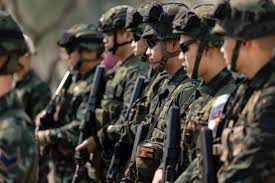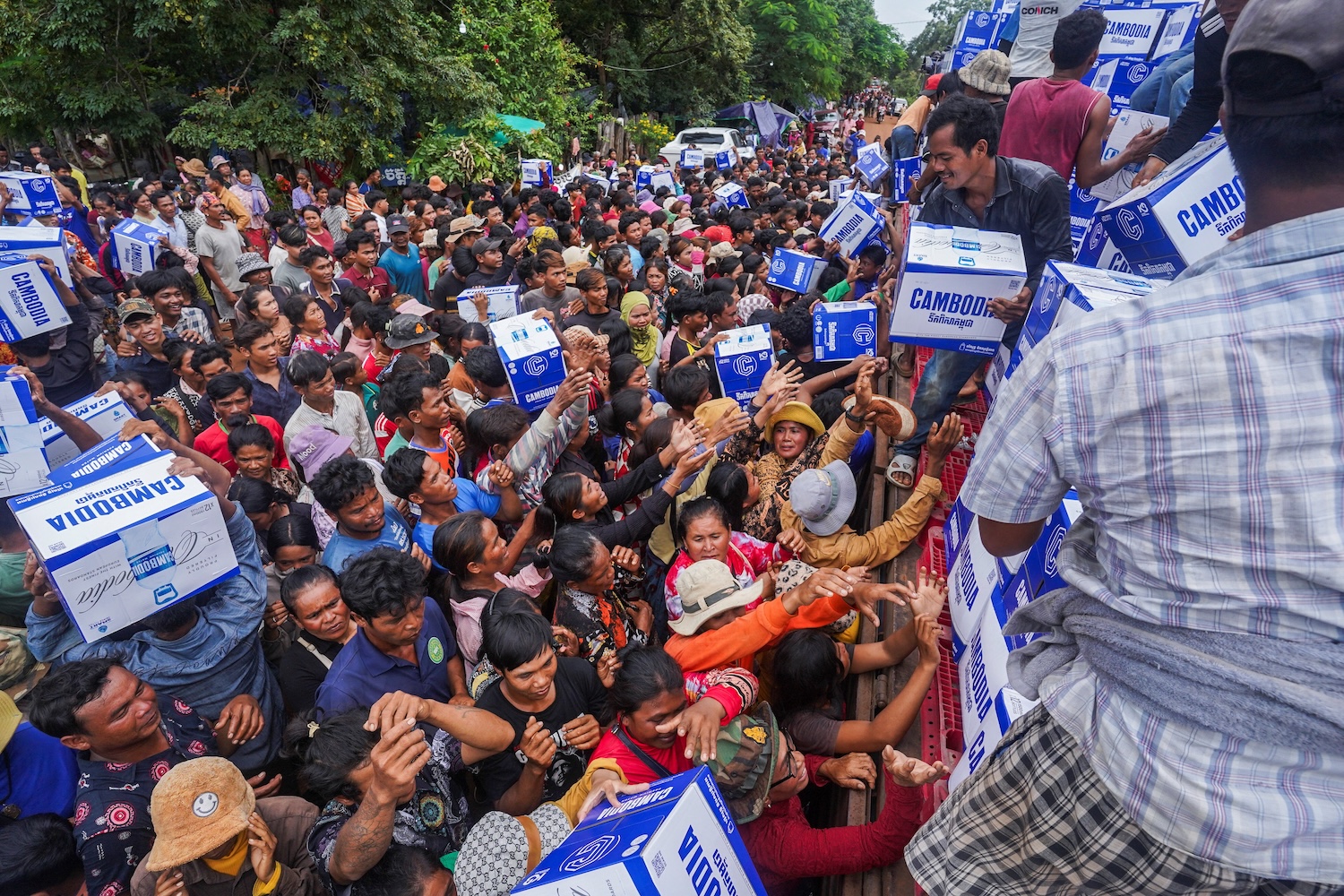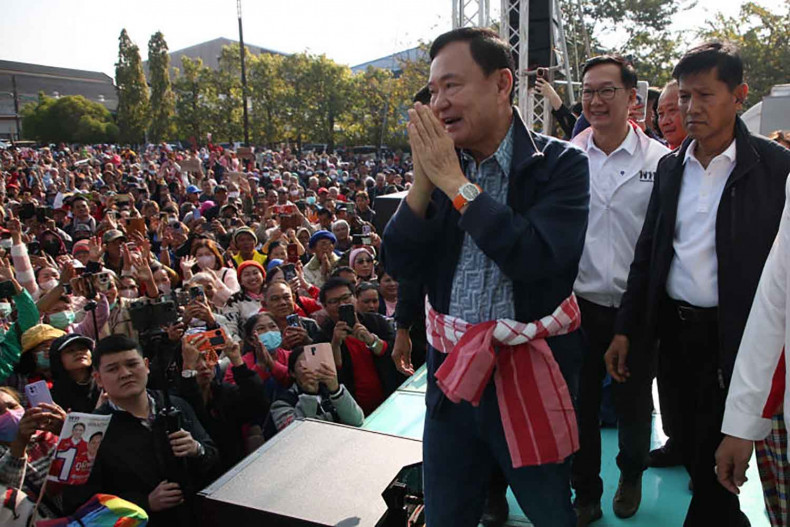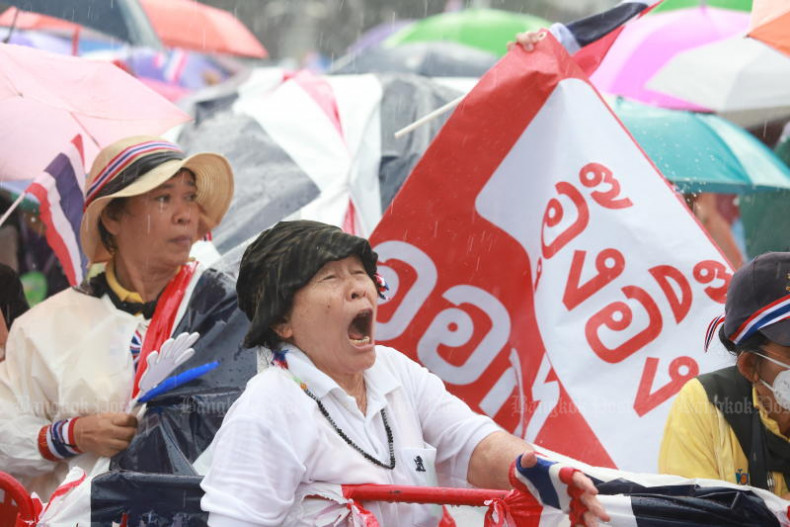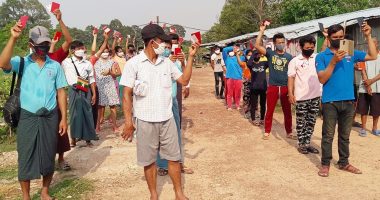National Parks Support Military Operations
Strategic Use of Border Areas
Thailand’s Department of National Parks, Wildlife and Plant Conservation has opened six national parks and wildlife sanctuaries along the Thai-Cambodian border for use as military operational bases. This decision, announced by Director-General Athapol Charoenshunsa, aims to bolster defense efforts following recent clashes, providing the military with strategic locations to plan counterattacks and coordinate responses.
Staff Evacuation for Safety
Prioritizing Personnel Security
To ensure safety amid escalating border tensions, Athapol ordered all non-essential department staff to evacuate the designated areas. This move allows the military to fully utilize the park facilities as operational hubs. The evacuation reflects the department’s commitment to protecting its personnel while supporting national security during the ongoing conflict with Cambodia.
Expert Assistance for Patrols
Leveraging Smart Patrol Expertise
Select park experts, skilled in field patrols under the “Smart Patrol” system, will remain to assist the military. These specialists, who conduct daily patrols, offer valuable insights into terrain and patrol techniques, enhancing the military’s ability to navigate and secure the border areas effectively. Their expertise is critical for coordinating defense strategies in rugged landscapes.
Comprehensive Support for the Military
Supplies and Information Sharing
The Department of National Parks is providing the military with essential supplies and detailed information about the border regions to aid operations. While combat responsibilities remain with the military, the department’s support includes logistical assistance and data from regular patrols, ensuring the armed forces are well-equipped to address the Cambodian threat.
Designated Border Park Locations
Key Areas for Military Bases
The six designated areas include Phu Chong Na Yoi National Park and Yod Dome Wildlife Sanctuary in Ubon Ratchathani, Phra Viharn National Park spanning Si Sa Ket and Ubon Ratchathani, Phanom Dong Rak and Huai Sala Wildlife Sanctuaries in Si Sa Ket, and Huai Tab Tan-Huai Samran Wildlife Sanctuary in Surin. These locations, strategically positioned along the border, provide critical infrastructure for military operations.
Response to Escalating Tensions
Strengthening National Defense
The decision to repurpose national parks follows intensified hostilities, including Cambodian attacks on Thai civilian and military targets. By transforming these protected areas into operational bases, Thailand aims to strengthen its defense capabilities while maintaining control over contested border regions. The move underscores the government’s resolve to protect sovereignty amid the growing crisis.
